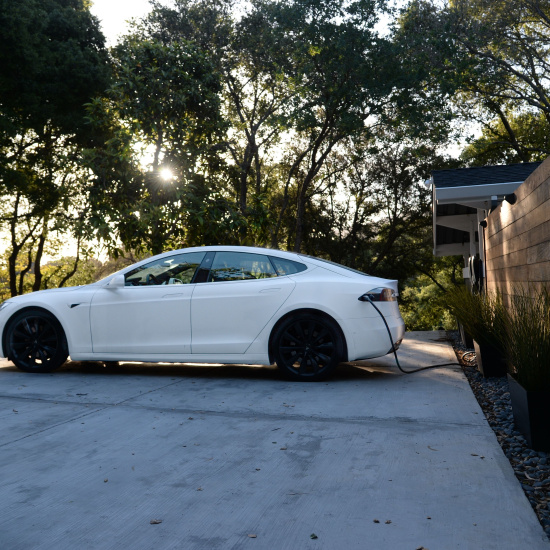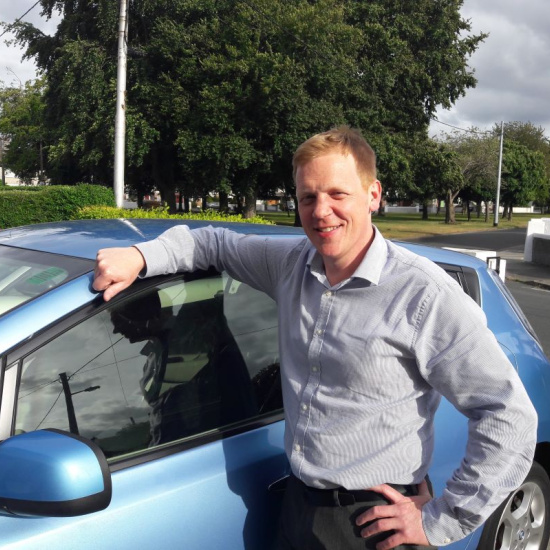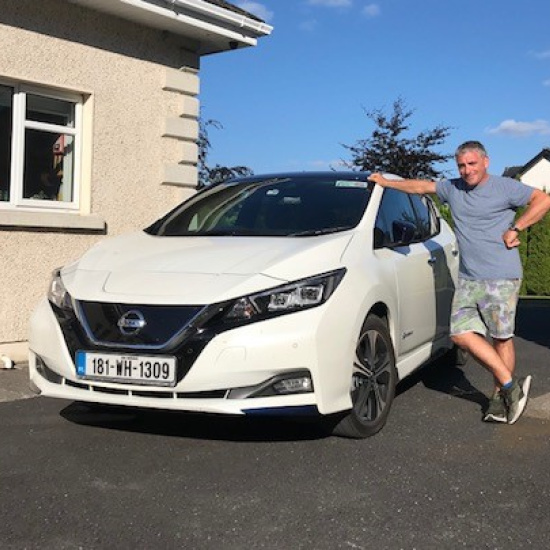Our expert answers your EV questions
Declan Meally, SEAI's Head of Transport and Communities, spoke to Eddie Cunningham at the Irish Independent and answered some commonly asked questions about EVs.
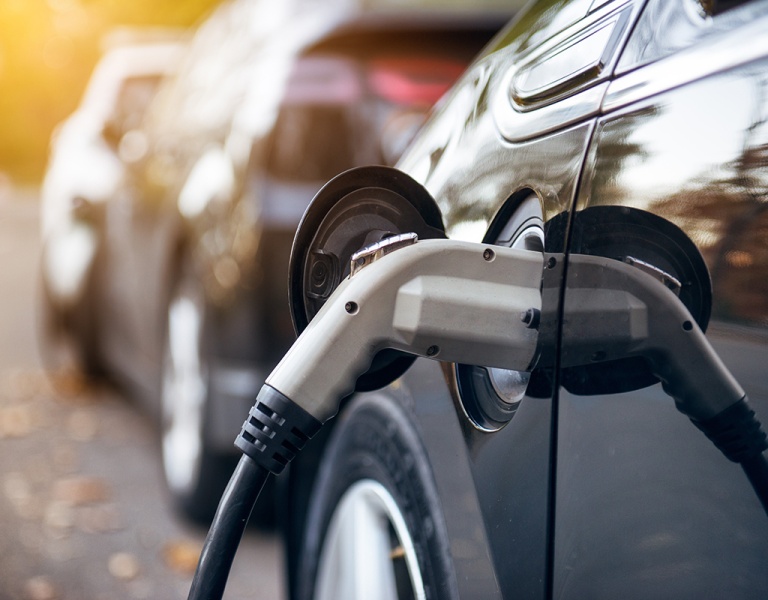
First let's deal with the types of 'electric' we're talking about. There is some confusion around the term.
Declan (DM): There are basically three different types of EV: two come with plugs and one doesn't. A battery electric car (BEV) is powered solely by an electric motor and rechargeable batteries. You charge by plugging in at home or using the national charging network.
A plug-in hybrid (PHEV) has a petrol or diesel engine as well as an electric motor. The battery can be plugged in and charged like a fully electric car.
A hybrid electric vehicle (HEV) has a petrol or diesel engine and an electric motor but the battery can only be charged by the petrol or diesel engine.
The real reason the Government wants us to drive EVs?
DM: Currently private cars account for around a fifth of the country's final energy use and related emissions of carbon dioxide.
One way to wean ourselves off fossil fuels is to use electricity for transport, making use of increasing amounts of renewable energy on our grid.
Currently more than a third of the electricity supplied to an electric car is generated from clean renewable energy. This means that even when emissions from electricity generation are considered, the CO2 emissions of an EV are lower than from the cleanest petrol engines.
As the amount of renewable energy available on our grid increases, our electric cars will be relying a lot less on fossil fuels. So EVs can help win the necessary 50pc reduction in transport CO2 emissions.
Air quality is another important factor to consider. Poor air quality has huge impacts on our health and wellbeing. EVs however, have no exhaust emissions when running on a battery and this is another good reason to make the switch.

What do you think the average driver feels about EVs?
DM: Recent SEAI research found more than half are interested in test-driving an EV and almost a quarter said they would consider one for their next purchase. They listed environmental benefits and low running costs as core influences.
What about those who don't favour an EV?
DM: Those less inclined to consider one were concerned about high initial cost and perceived lack of charge points. Incidentally, a small proportion was concerned about driving range and lack of choice.
Are they not right to be concerned?
DM: Yes, to a point. But remember the early days of mobile phones? There was limited choice, battery life and coverage. Now look where we are. The EV market was limited a few years ago too but it is moving fast now. There are new models coming out all the time. Indeed, there are more than 60 models on SEAI's grant eligible list. And the choice is expanding every month.
But what about driving range and battery capacity?
DM: We don't see driving range as really being a major concern anymore.
Others still do though
DM: That may be, but rapidly evolving battery technology means higher capacity and driving range. Early EVs typically had 100km range. Now, most have more than 300km; some tip the 500km mark.
The vast majority of motorists only drive 50km a day so an EV will suit most. They only need to charge twice or three times a week. Experience shows most charging is done at home overnight when it's cheapest. Most EV drivers only use public charging points for quick top-ups to complete a journey.
But what about rural dwellers who cover long distances?
DM: Admittedly, some rural drivers are concerned about that. Yet, we are seeing more people with longer commutes attracted to EVs because they believe they can save money.
What about higher EV prices? Aren't they a deterrent?
DM: It's true the initial purchase price of an EV is higher than its petrol or diesel counterpart. We say the gap is narrowing all the time. With Government grants and tax incentives, the EV price difference is becoming relatively small.
What about running costs?
DM: People tend to underestimate the running costs of a petrol or diesel vehicle. To properly evaluate your decision, you should take account of the lifetime cost savings of the car. We estimate it is possible to save up to 80pc of fuel costs if you switch to an EV. Check out the below table for SEAI's key facts on the total cost of ownership over 10 years.
Remember, maintenance costs are lower as an EV has fewer moving parts. When you factor in Government incentives the figures show how an EV can make economic sense.
| Costs of ownership for 10 years | Petrol | Electric |
|---|---|---|
| Retail price | €28,000 | €45,600 €1,400 for home charger |
| Grants and VRT relief | n/a
| - €5,000 EV purchase grant - €600 home charger grant - €5,000 VRT relief - €1,000 estimated toll discounts for 2 years = €11,600 total reductions |
| Total purchase price | €28,000 | €35,400 |
| Petrol (18,000km a year, 10 years, €1.26 per litre) | €10,200 | |
| Electricity (18,000km a year, 10 years, 100% home charging on night rate tarriff) | €2,270 | |
| Motor tax | €2,000 | €1,200 |
| Maintenance (standard servicing schedule) | €3,000 | €2,000 |
| Total ten year cost of ownership | €43,200 | €40,870 |
Can you clearly, concisely outline those Government incentives?
DM: Okay. There is:
- the SEAI electric car grant of up to €5,000 if you, as a private buyer, purchase a new BEV or plug-in hybrid and €3,800 for commercial van owners.
- VRT relief: Up to €5,000 for new fully electric cars until the end of 2021 anyway.
- Home charger grant: Up to €600 towards purchase/installation costs.
- Low motor tax: €120 a year for EVs; approximately €170 for plug-in hybrids.
- Road toll discounts: 50pc reduction for full EVs and 25pc for plug-in hybrids (available on several toll roads, off-peak times. Annual caps apply).
- Accelerated Capital Allowances: This tax incentive allows sole traders, farmers, or companies that pay corporation tax, to deduct the cost of qualifying EVs and charging equipment from their profits in the year of purchase.
- Benefit-in-Kind relief: 0pc BIK may be availed of for the first €50k of the list price of a fully electric car.
What's the story with charging?
DM: Charging your EV at home is the simplest, convenient and cost-effective way to go. This is how we expect most charging will be done.
For longer journeys aren't there problems?
DM: There is a network of 1,200 public charge points and destination charging at shopping centres, workplaces, hotels, gyms and airports too.
Home Charging takes typically 6-8 hours; Public Charging: 1-6 hours; Fast Charging: around 30 minutes for an 80pc charge. High Powered Charging: 100km in six minutes
Different cars will charge at different rates using the same charger.
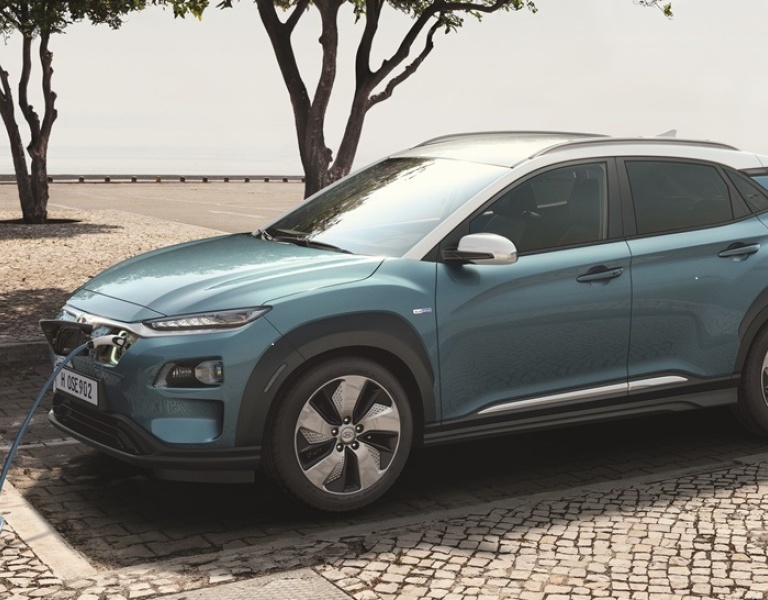
What about the huge numbers living in apartments and those with no off-street parking? Isn't an electric car irrelevant for them?
DM: There is no doubt that EV charging options are not convenient for those living in apartments or where there is no off-street parking.
All I can say is that these issues are being addressed through incentive schemes for landlords and local authorities to install charging points that will cater for such situations.
But you agree there is a problem?
DM: They do pose a challenge.
Apart from costs, don't people feel a bit afraid of driving an EV? What can be done to ease those fears?
DM: Some do. Until they take a test drive. We find that the driving experience changes most people's minds. Even if it is just a short drive. We find they are more likely to consider an EV and tend to be more confident that range will suit their needs.
But EVs don't suit some. Will they ever?
DM: Of course, EVs may not suit some drivers but we believe it will suit most - upwards of 80pc - especially as the economics of ownership and incentives increasingly apply.
This article was originally published in the Irish Independent.
Find out about EV grants Find an EV to suit you
